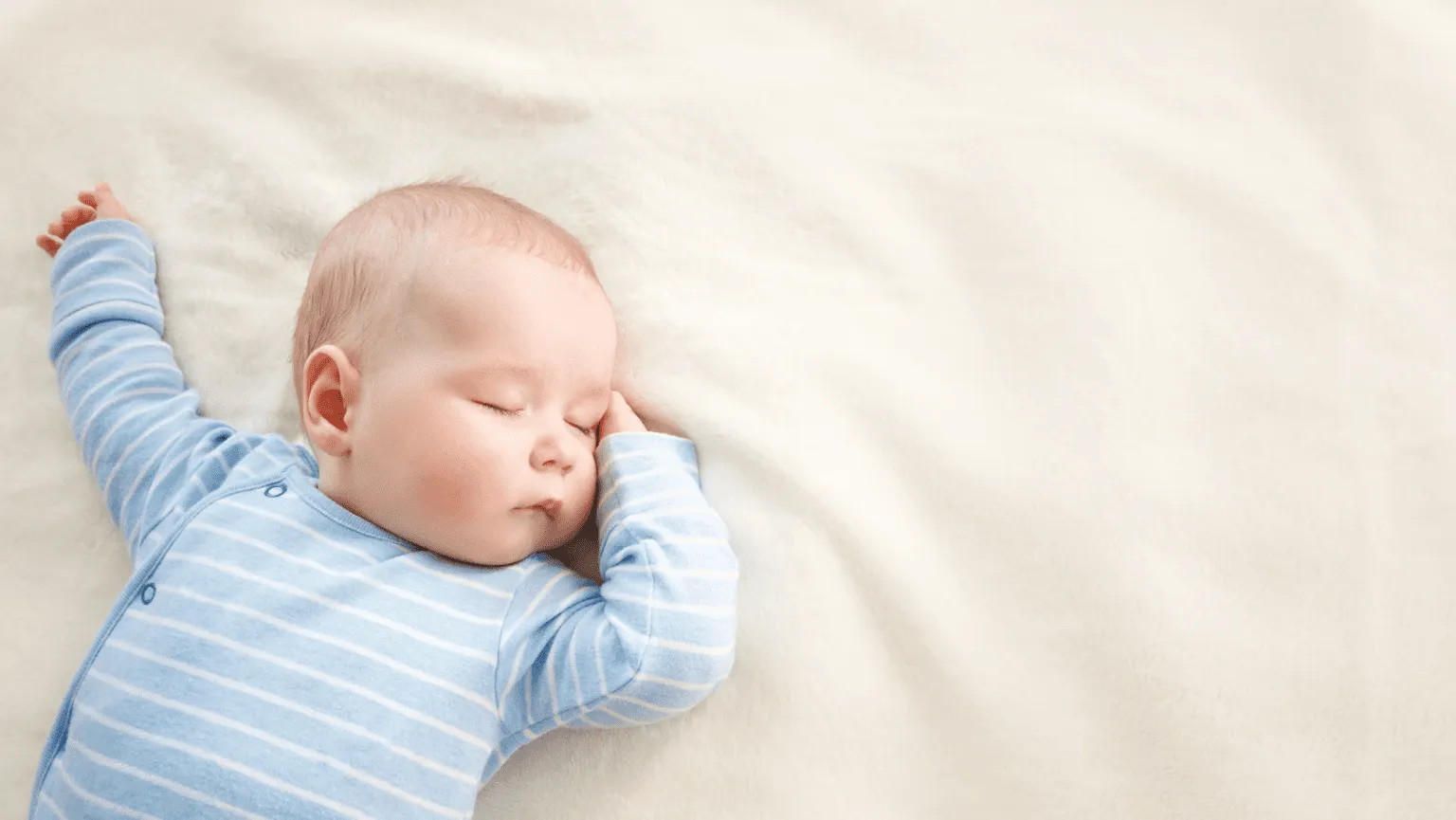W-Sitting – Fixing it Now Will Prevent Future Problems With Walk, Strength and Balance
W-sitting: Fixing It Now Will Prevent Future Problems with Walk, Strength and Balance
One of the most common symptoms of Hypermobility is W sitting.
Why do some children prefer a W-position for sitting on the floor? Some kids gravitate towards w-sitting because they have not developed good trunk and hip control. It’s difficult for them to either maintain an upright posture or control shifts in weight from side to side. This means they’ll have trouble with normal sitting positions (legs out front, ring sitting, cross-legged, etc.). W-sitting compensates for this. It provides a wider base and helps your child feel secure.
Kids with joint hypermobility and low muscle tone often w-sit, but it strains their developing bodies. Hips twist in and knees twist out to an extreme degree. To deal with this, your child’s muscles will need to work harder to provide the stability needed for future milestones.
But it’s not limited to hypotonia. Kids on the other end of the spectrum, with high muscle tone, may also choose w-sitting because it’s easier. Inner thigh tightness makes it difficult to twist hips out and keep legs apart. Tight hamstrings also pulls the pelvis back, which creates problems when trying to sit upright.
What’s So Bad About W-Sitting? It can:
- Impact lower leg alignment
- Stress hip and knee joints
- Complicate core muscles strength
- Difficulty developing good weight shifts and balance reactions
- Future knee problems
- Affects walking and running
- Can lead to Pigeon-toeing
What Should I Do If My Child W-Sits?
Patience and persistence are key. If necessary, gently move your child’s legs in front of them. Just remember that healthier sitting positions can be both painful and difficult when a child is used to W-sitting. It will take practice. Also, use audible reminders like “feet in front” or “criss-cross applesauce.” Also, suggest alternative positions like side sitting or crossed legs.
You can help your child by being intentional while they’re sitting. Encourage them to reach backwards and forwards to grab different toys, which stretches back and hip muscles. This also improves flexibility and postural control. And don’t be afraid to mix it up. Provide other sitting opportunities such as on benches or riding toys.
If your child is reluctant to switch out of W sitting or notice other signs of hypermobility – CONTACT US TODAY! We will show you and your child fun ways to strengthen their hips and discourage W sitting as well as make other recommendations to help correct this. You can email us at devstepspc@gmail.com or call us at (914) 939-6400 or (914) 864-0855.





